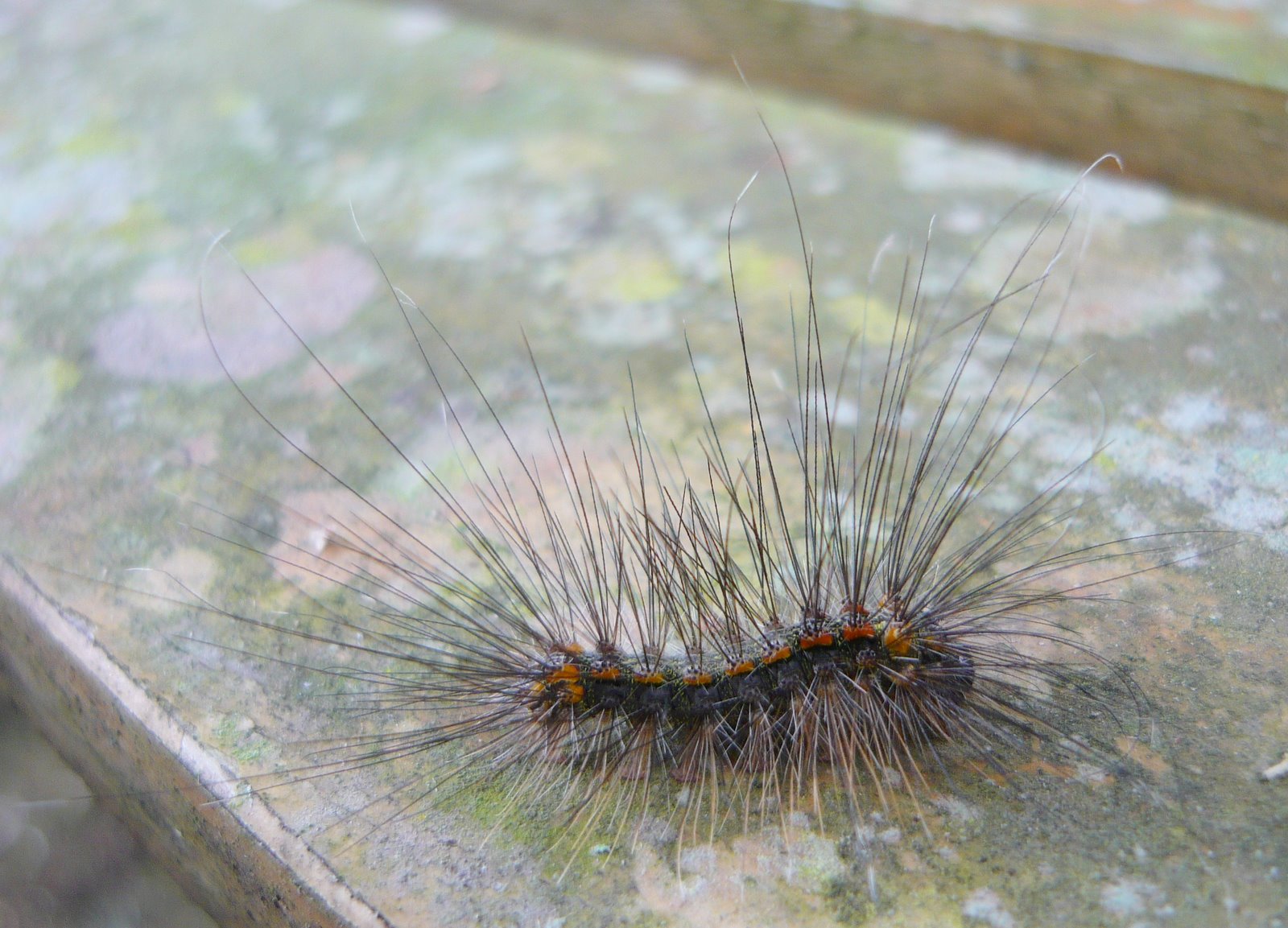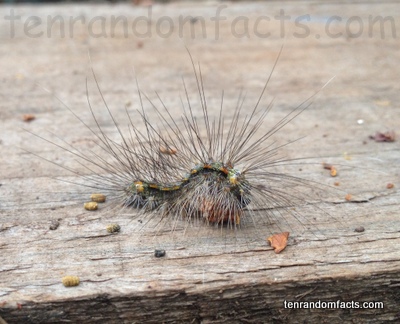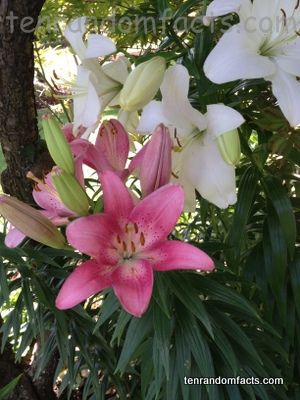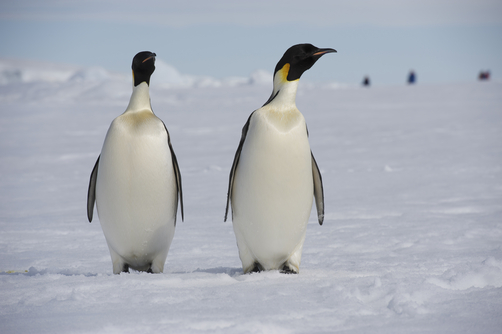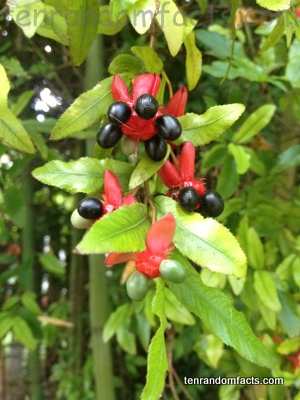
Don’t be mistaken with this plant… it looks like Mickey Mouse!
- Ochna serrulata is a hardy shrub that is evergreen and usually grows up to 1 to 2.5 metres (3 to 8 feet) in height, although taller plants have been seen.
- The words ‘Ochna serrulata’ both refer to the leaves of the plant, and the word ‘Ochna’ is of Greek origin, coming from the word ‘Ochne’ meaning ‘wild pear’, and ‘serrulata’ is of Latin origin, from ‘serrula’ meaning ‘little saw’.
- Ochna serrulata is native to South Africa, commonly found in forests, but the plant has become a highly invasive weed in some parts of Australia and New Zealand, tolerating sunny or shady areas, and it is difficult to remove and eradicate.
- Ochna serrulata has a number of common names including ‘mall-leaved plane’; ‘bird’s eye bush’; ‘bird’s eye plant’; ‘carnival bush’; ‘carnival ochna’; ‘Mickey Mouse bush’ and ‘Mickey Mouse plant’.
- Ochna serrulata is from the family Ochnaceae, the family of wild planes, and are one of the 86 species of Ochna shrubs and trees, and is very similar to the Ochna kirkii species that is also called a ‘Mickey Mouse plant, however kirkii has larger and rounder leaves and larger flowers.
- Ochna serrulata shrubs have small, 2 cm (0.8 in) yellow coloured flowers that bloom in Spring, that do not last long and attract butterflies and bees.
- Ochna serrulata plants have sepals at the base of the flowers, that grow larger and turn a stunning red when the plant is developing fruit.
- The fruit of Ochna serrulata plants is commonly consumed by birds, which spread the seeds of the plant in their droppings.
- Ochna serrulata have spherical fruit that grow in clusters of five or more on the red sepals, starting green and turning black in colour, and with the red sepals, they bring to mind Walt Disney’s ‘Mickey Mouse’, hence the common name, ‘Mickey Mouse bush’.
- The fruit of Ochna serrulata has been used in traditional African medicine to treat diseases that attacks one’s bones.




